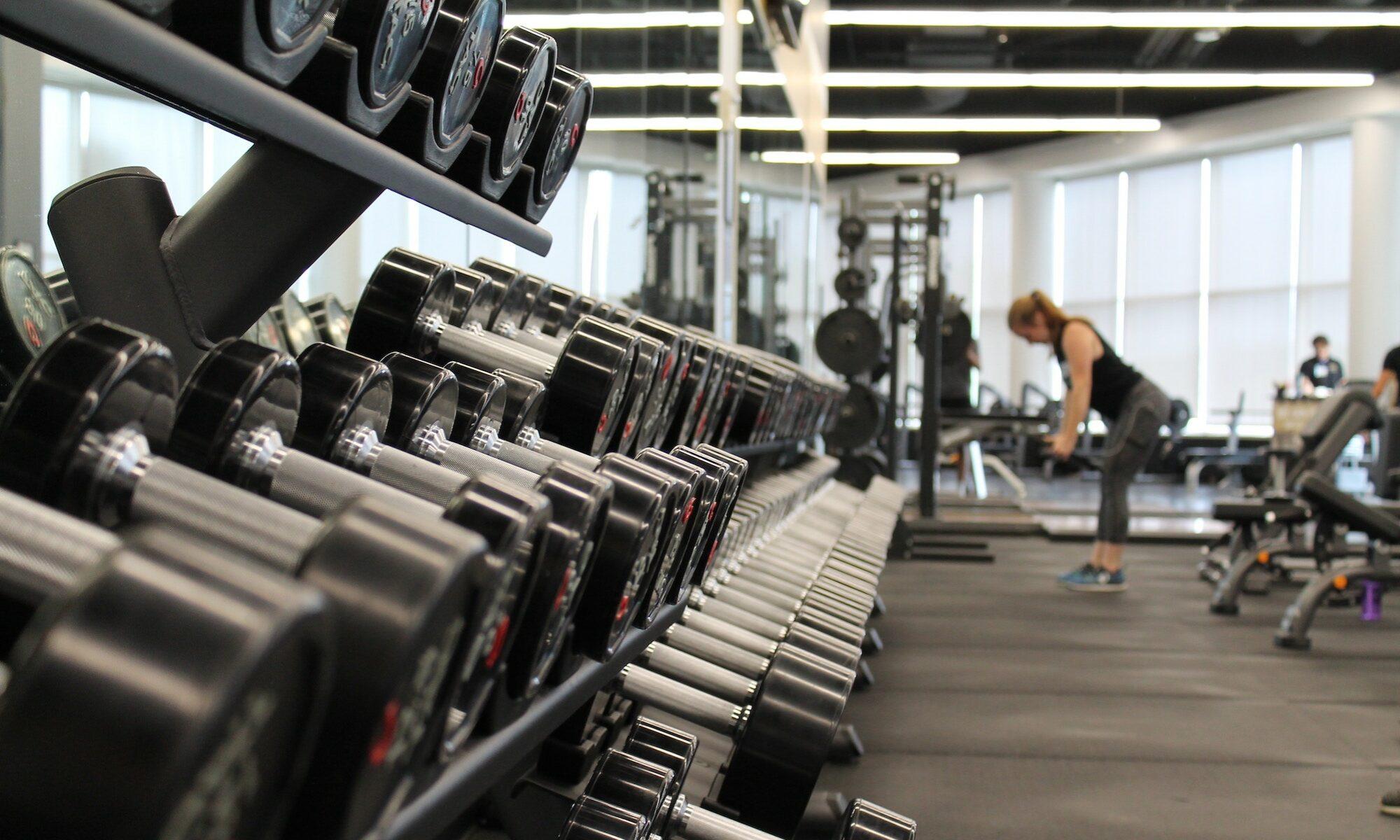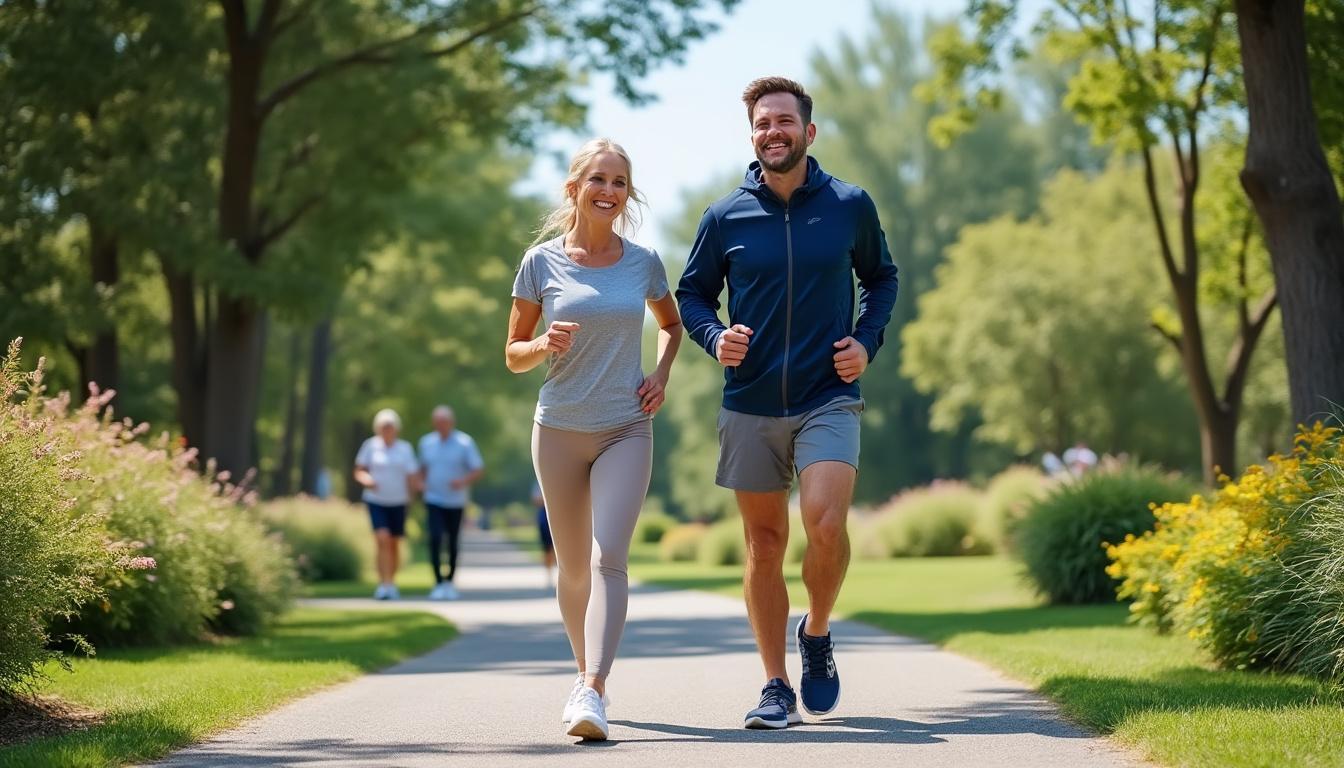For decades, the mantra of walking 10,000 steps a day has been a cornerstone of fitness advice worldwide. But as we delve deeper into the latest research, it becomes clear that this figure, more marketing myth than medical fact, doesn’t apply universally across ages or lifestyles. Why should your ideal daily walking goal vary depending on your age, and how can tailoring this target improve your overall health? This article unpacks these questions using cutting-edge research, expert insights, and practical wearable technology integrations to pave the way for more personalized and effective walking routines. Get ready to challenge old habits and replace them with smarter strategies crafted for your unique body and life stage.
Unraveling the 10,000 Steps Myth: The Real Science Behind Daily Walking Goals
The widely accepted 10,000 steps benchmark has a surprising origin unrelated to health. This figure first gained traction in 1960s Japan as part of a marketing campaign for a pedometer called “Manpo-kei,” which translates literally to “10,000 steps meter.” While catchy and simple, it was not established on solid scientific foundations.
In recent years, comprehensive studies conducted by public health researchers have questioned this one-size-fits-all step count. In fact, the optimal number of daily steps varies significantly with age, health status, and fitness level.
The Age Factor: Why Your Step Goal Should Change Over Time
Evidence now shows that people under 60 years old tend to benefit the most from walking between 8,000 to 10,000 steps daily. This range has been linked with significant improvements in cardiovascular health, longevity, and reduced risks of chronic conditions. For younger adults and middle-aged individuals, achieving this level requires consistent daily movement, often tracked via popular fitness apps integrated with Fitbit, Garmin, Apple Health, or Samsung Health devices.
On the other hand, individuals over 70 years old derive substantial health benefits even with lower step counts. For example, research indicates that as few as 4,500 steps per day can reduce heart disease risk by up to 77% in older populations. This insight challenges the outdated assumption that more steps are always better, emphasizing the importance of realistic and sustainable goals tailored to personal capacity.
Why Higher Steps May Backfire Without Context
Setting ambitious, uniform step goals may lead to decreased adherence and higher dropout rates. Fitness warriors who overextend themselves risk injuries or burnout, especially those with preexisting conditions or mobility limitations. Such setbacks can stall long-term fitness progress and diminish motivation.
Setting practical, individualized goals aligned with your age and health enables sustained progress and better integration of walking into daily life. Tools like MyFitnessPal combined with Nokia Steel or Xiaomi Mi Band devices can assist in assessing fitness levels and adjusting goals dynamically as progress occurs.
| Age Group | Recommended Daily Steps | Health Benefits |
|---|---|---|
| Under 60 years | 8,000 – 10,000 | Reduced cardiovascular risk, improved life expectancy |
| 60 – 70 years | 6,000 – 8,000 | Moderate cardiovascular benefits, maintained mobility |
| Over 70 years | 4,500 – 6,000 | Marked reduction in heart disease risk, better mental health |
Adopting age-appropriate walking goals could revolutionize how we promote fitness routines, shifting focus from rigid standards to achievable, life-enhancing objectives.
Leveraging Wearable Fitness Tech to Personalize Your Walking Routine
The rise of wearable technology has transformed how we measure and motivate our physical activity. Devices from Garmin and Fitbit to Polar and Withings allow users to monitor steps, heart rate, and calories burned, offering immediate feedback and actionable insights.
How to Use Fitness Trackers to Set Realistic Step Goals
Here’s how you can leverage these tools to optimize your walking goals:
- Baseline Measurement: Track your current average daily steps with apps like Google Fit or Samsung Health to understand your real starting point.
- Set Incremental Goals: Increase daily steps gradually—for instance, by 500 steps a week—avoiding burnout and encouraging steady improvement.
- Use Notifications and Reminders: Many apps send alerts that prompt you to move, helping to break sedentary patterns effectively.
- Integrate Strength Training: Tools like MyFitnessPal can plan complementary strength sessions, which enhance walking benefits.
Beyond Counting Steps: Evaluating Quality and Intensity
While total steps matter, the intensity and duration of walking sessions are equally important. Fitness wearables provide heart rate variability data, allowing users to focus on moderate to vigorous intensity intervals that boost cardiovascular fitness more efficiently.
Walking at a brisk pace for 30 minutes daily may yield better health outcomes than meandering all day to hit an arbitrary step count.
| Wearable Device | Relevant Features for Walking | App Integration |
|---|---|---|
| Fitbit Charge | Step count, heart rate zones, reminders | Fitbit App, MyFitnessPal |
| Garmin Vivosmart | GPS tracking, intensity minutes, stress monitoring | Garmin Connect, Google Fit |
| Apple Watch | Activity rings, walking pace, fall detection | Apple Health, Withings |
Integrating data from multiple devices with apps like MyFitnessPal or Nokia Steel offers a multi-layered view of your fitness, enabling smarter goal-setting aligned with real needs.
The Science-Backed Benefits of Walking: Beyond Just Steps
Walking is a powerful, accessible exercise with broad health impacts. Regardless of how many steps you aim for, understanding the holistic benefits encourages deeper engagement.
Cardiovascular and Metabolic Advantages
Regular walking improves circulation, reduces blood pressure, and helps regulate blood sugar levels. In fact, studies have demonstrated that daily walking can curb risks associated with diabetes and obesity – conditions that affect millions globally.
Neurological and Mental Health Benefits
Walking stimulates the release of endorphins and neurotransmitters like serotonin and dopamine, which uplift mood and combat depression. Moreover, in populations over 70, walking protects cognitive function and reduces dementia risk by supporting blood flow to the brain and encouraging neuroplasticity.
Social & Psychological Components
Walking often provides opportunities for social interaction and outdoor exposure, which play critical roles in wellbeing.
- Improved self-esteem and confidence through goal achievement
- Reduced feelings of loneliness when walking with friends or in groups
- Connection to nature supports mental restoration and focus
| Benefit Category | Impact | Population Examples |
|---|---|---|
| Cardiovascular Health | Reduced heart disease risk by up to 40% | Adults 30-60 years old |
| Cognitive Function | Lowered dementia risk by 30% | Elderly over 70 years |
| Mental Wellness | Improved mood and reduced depression | All age groups |
Adopting personalized walking targets simply extends these benefits, ensuring that efforts align with individual health status and capabilities.
How to Effectively Assess and Adjust Your Personal Walking Goals
Determining your optimal walking target involves evaluating your baseline fitness, lifestyle habits, and health conditions.
Steps to Personalize Your Routine
- Record Baseline Activity: Use devices like Xiaomi Mi Band or Polar to track your typical daily steps for a week.
- Consult Health Metrics: Review heart rate, sleep quality, and energy levels logged by apps such as Samsung Health or Apple Health.
- Set Realistic Progress Milestones: Focus on gradual improvements that are sustainable rather than drastic jumps.
- Incorporate Flexibility: Modify your step goal based on your daily physical and mental state to avoid frustration or injury.
When to Seek Expert Guidance
Those with chronic illnesses or recovering from injuries should work with healthcare providers or professional trainers to tailor safe and effective walking programs. Tools such as those recommended in our fitness assessment guide can support this collaborative approach.
| Step | Action | Tools/Resources |
|---|---|---|
| 1 | Baseline Tracking | Xiaomi Mi Band, Polar, Garmin Connect |
| 2 | Health Metric Review | Samsung Health, Apple Health |
| 3 | Set Incremental Goals | MyFitnessPal, Fitbit |
| 4 | Injury/Condition Adaptations | Professional Trainer, Healthcare Provider |
This adaptive approach not only motivates ongoing progress but also aligns well with individual well-being and ensures longevity in fitness habits.
Strategies to Sustain and Enhance Your Walking Motivation Over Time
Even the most precise step goals are ineffective if motivation wanes. Understanding and employing psychological and technological strategies ensures that walking remains an enjoyable and integral part of your lifestyle.
Building Sustainable Habits
- Variety: Mix walking routes and incorporate intervals to keep sessions engaging.
- Social Commitment: Join local walking groups or online communities, some of which are trackable through apps like Nokia Steel or Withings.
- Progress Tracking: Celebrate milestones tracked by Garmin or Xiaomi Mi Band to reinforce success.
- Reward Systems: Set personal incentives, such as a fitness gear update or a wellness day for meeting goals consistently.
Leveraging Technology for Motivation
Smart notifications, challenges, and social sharing integrated into watches and apps heighten engagement. For example, weekly step challenges on Samsung Health encourage friendly competition, while Apple Health’s Activity Rings visualize progress to keep you pushing forward.
In sum, your walking journey is unique and should feel empowering rather than restrictive. Our community resources at Fitness Warrior Nation offer tailored advice to help you set and sustain realistic, effective walking goals for your age and lifestyle.


